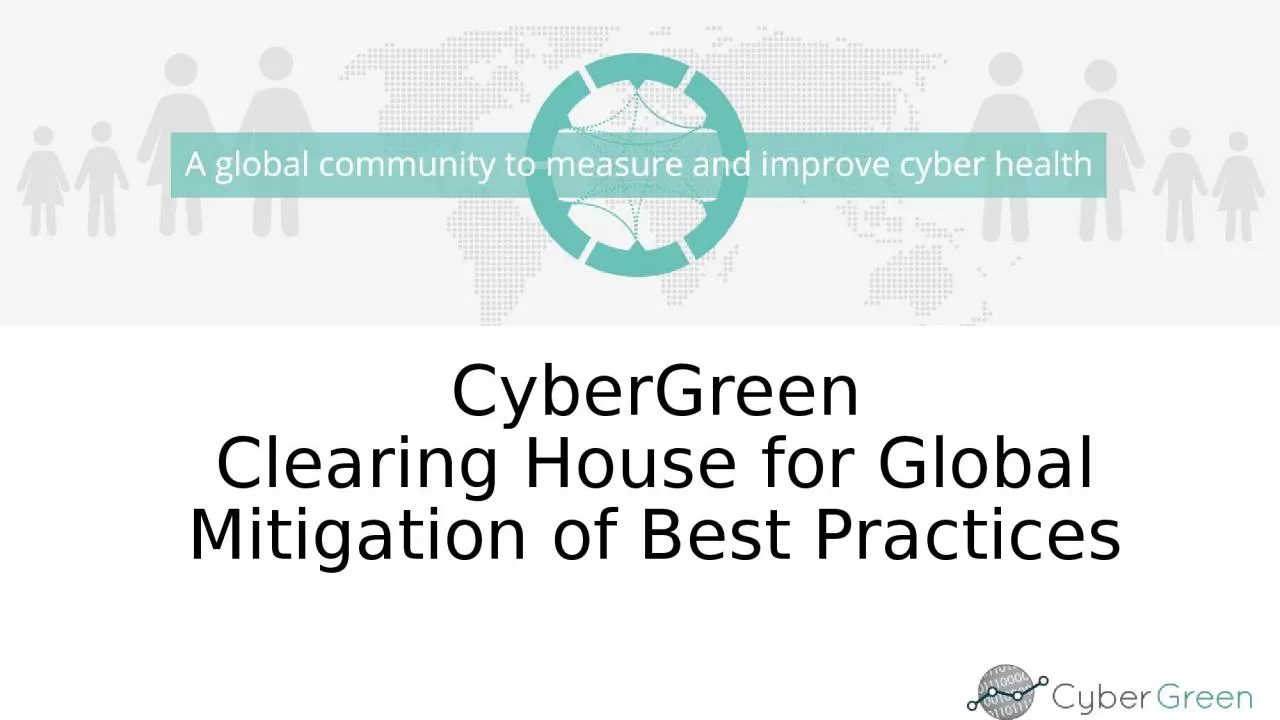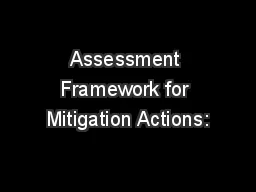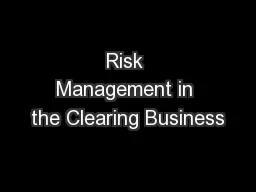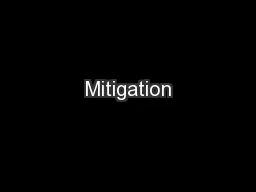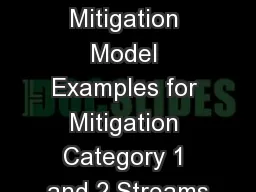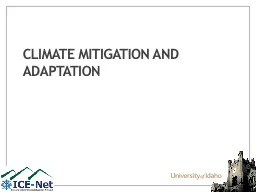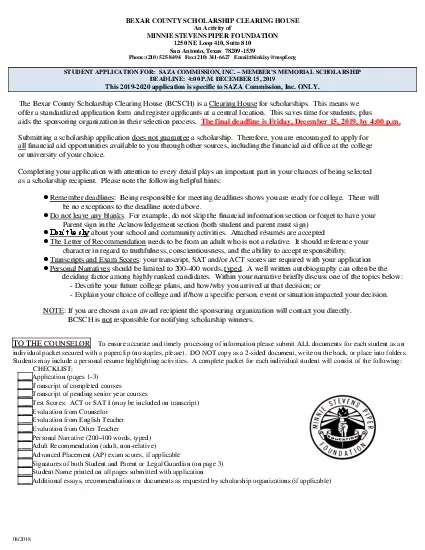PPT-CyberGreen Clearing House for Global Mitigation of Best Practices
Author : molly | Published Date : 2024-01-03
O ver 20 years ago in APRICOT 1 1996 Security Side Door Session BGP Prefix filtering Source Address Validation Close open ports Danger of Reflection attacks Danger
Presentation Embed Code
Download Presentation
Download Presentation The PPT/PDF document "CyberGreen Clearing House for Global Mit..." is the property of its rightful owner. Permission is granted to download and print the materials on this website for personal, non-commercial use only, and to display it on your personal computer provided you do not modify the materials and that you retain all copyright notices contained in the materials. By downloading content from our website, you accept the terms of this agreement.
CyberGreen Clearing House for Global Mitigation of Best Practices: Transcript
Download Rules Of Document
"CyberGreen Clearing House for Global Mitigation of Best Practices"The content belongs to its owner. You may download and print it for personal use, without modification, and keep all copyright notices. By downloading, you agree to these terms.
Related Documents

